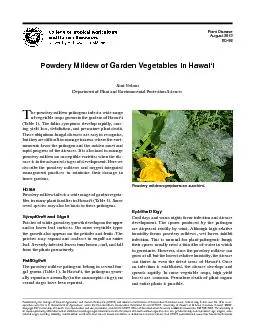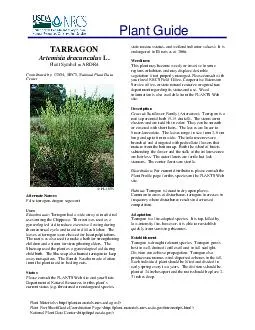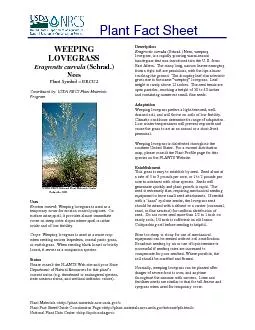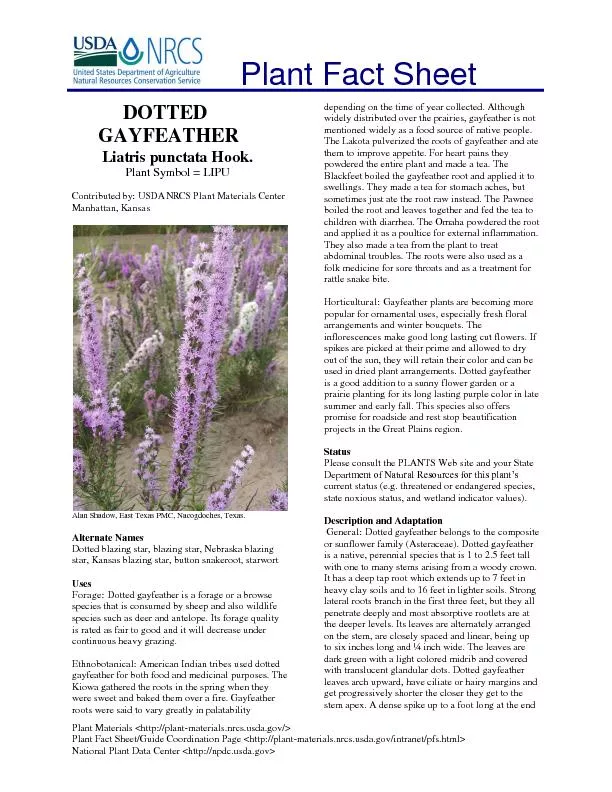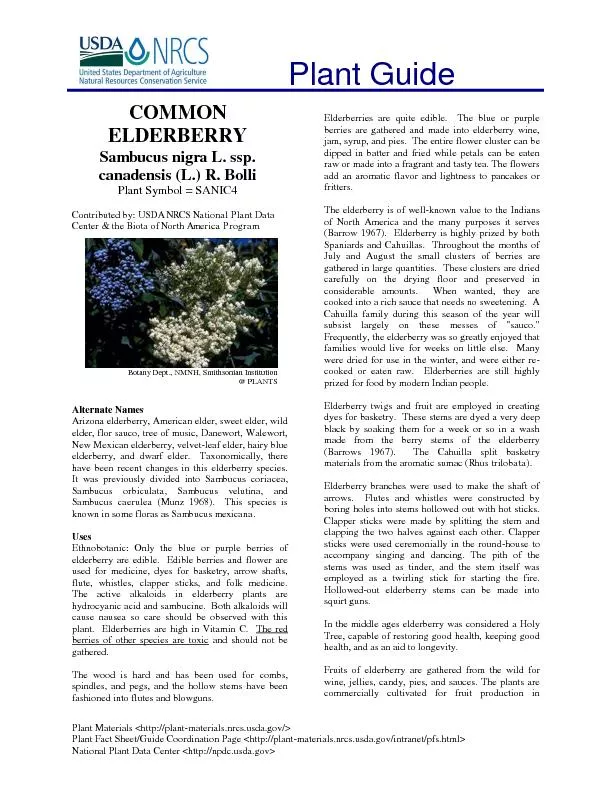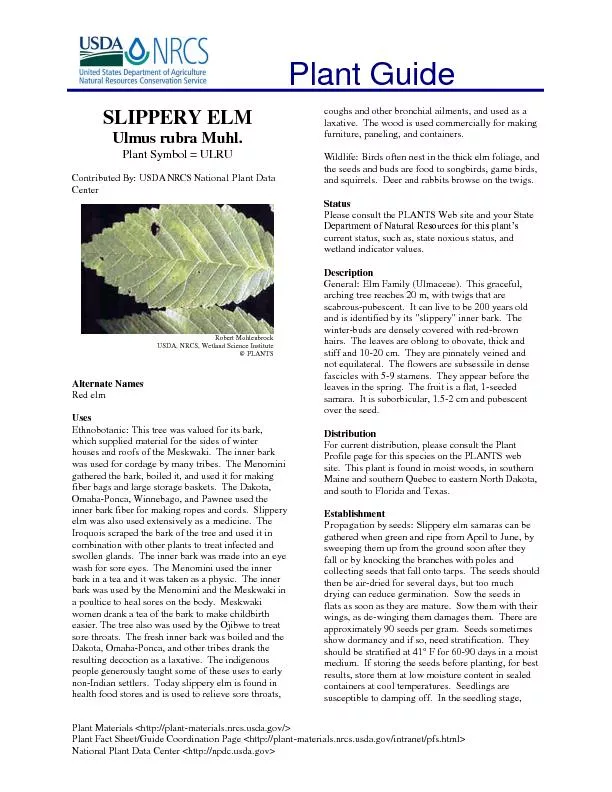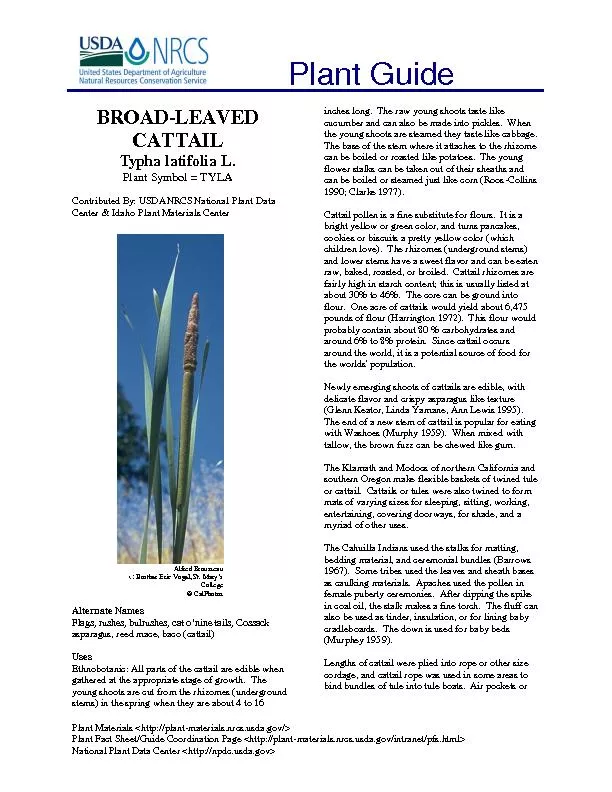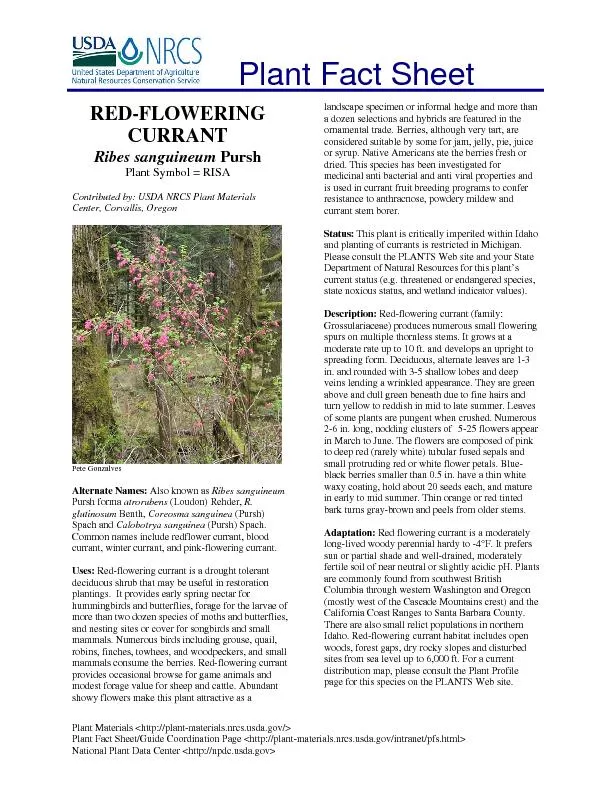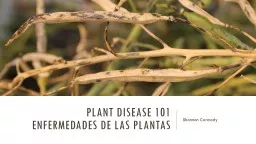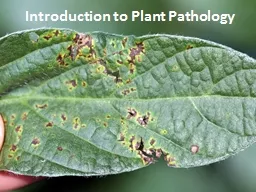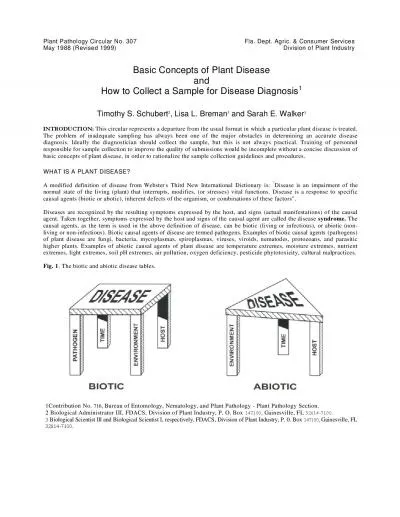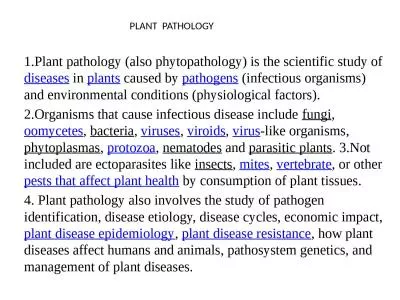PDF-Plant Disease
Author : luanne-stotts | Published Date : 2015-09-05
August 2013 PD98 Published by the College of Tropical Agriculture and Human Resources CTAHR and issued in furtherance of Cooperative Extension work Acts of May 8
Presentation Embed Code
Download Presentation
Download Presentation The PPT/PDF document "Plant Disease" is the property of its rightful owner. Permission is granted to download and print the materials on this website for personal, non-commercial use only, and to display it on your personal computer provided you do not modify the materials and that you retain all copyright notices contained in the materials. By downloading content from our website, you accept the terms of this agreement.
Plant Disease: Transcript
Download Rules Of Document
"Plant Disease"The content belongs to its owner. You may download and print it for personal use, without modification, and keep all copyright notices. By downloading, you agree to these terms.
Related Documents

